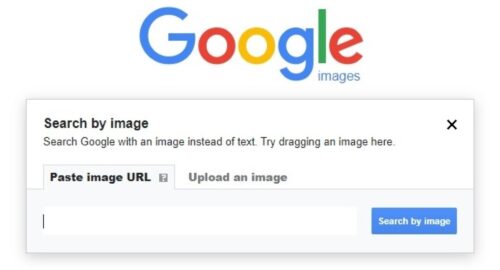Worldwide Giveaway – In today’s digital age, images are a significant part of our online experience. Whether it’s for identifying a product, verifying the authenticity of a photo, or finding more information about a person or place, searching by image can be incredibly useful. This guide will provide a comprehensive overview of how to search by image, covering various tools and techniques to help you make the most of this technology.
Introduction
What is Image Search?
Image search allows users to search for information on the internet using an image instead of text. This method can be used to find similar images, identify objects, people, or places in a photo, and discover the original source of an image.
Why Use Image Search?
Using image search can be beneficial for numerous reasons:
- Verification: Check the authenticity of an image.
- Identification: Identify unknown objects, landmarks, or people.
- Source Tracing: Find the original source or higher resolution versions of an image.
- Information Gathering: Learn more about the content depicted in an image.
How to Perform an Image Search
Google Images
Google Images is one of the most popular tools for reverse image searching.
- Using Google Images:
- Go to Google Images.
- Click on the camera icon in the search bar.
- You can either paste the URL of the image or upload the image from your device.
- Google will display results of similar images and pages where the image appears.
- Chrome Extension:
- If you use Google Chrome, you can right-click on any image and select “Search Google for image” to perform a reverse image search instantly.
TinEye
TinEye is a dedicated reverse image search engine that specializes in finding the source of images.
- Using TinEye:
- Visit TinEye.
- Upload the image or paste the image URL.
- TinEye will provide a list of websites where the image is found, sorted by the date it first appeared.
Bing Visual Search
Bing Visual Search offers robust image search capabilities with additional features.
- Using Bing Visual Search:
- Go to Bing Visual Search.
- Upload the image or paste the image URL.
- Bing will display similar images and related information, such as objects detected in the image.
Yandex Images
Yandex, a Russian search engine, has a powerful image search feature that can sometimes yield different results compared to Google.
- Using Yandex Images:
- Go to Yandex Images.
- Upload the image or paste the image URL.
- Yandex will show similar images and websites where the image appears.
Social Media Platforms
Social media platforms also offer ways to search for images within their ecosystems.
Facebook allows searching for images within its platform using photo IDs or reverse image search methods.
- Using Facebook:
- If the image file name includes a Facebook photo ID, enter it in the Facebook search bar.
- Use Google Images or TinEye to find the image on Facebook by uploading the image to these tools.
Instagram’s hashtag and location tags can help find images related to specific topics or places.
- Using Instagram:
- Perform a hashtag search related to the image content.
- Use location tags to find posts from specific places.

Specialized Tools and Apps
PimEyes
PimEyes is a facial recognition search engine that helps find images of people across the web.
- Using PimEyes:
- Go to PimEyes.
- Upload the image.
- PimEyes will show websites where the image appears, helping you identify the person.
Image Raider
Image Raider is a tool designed for reverse image search across multiple platforms.
- Using Image Raider:
- Visit Image Raider.
- Upload the image or paste the image URL.
- Image Raider searches across Google, Bing, and Yandex simultaneously.
Advanced Techniques
Metadata Analysis
Images often contain metadata (EXIF data) that can provide information about the image, such as the date taken, camera used, and even location.
- Using Metadata Analysis Tools:
- Use tools like EXIF.tools to upload an image and view its metadata.
- This can provide context and additional information that can aid in your search.
Using Image Search APIs
For developers, using image search APIs can integrate powerful search capabilities into applications.
- Popular Image Search APIs:
- Google Cloud Vision API: Allows for powerful image analysis and searching.
- Bing Image Search API: Provides search capabilities within applications.
- TinEye API: Offers reverse image search capabilities for professional use.
Tips for Effective Image Searches
High-Quality Images
Using high-resolution images can improve search accuracy. Blurry or low-quality images may not yield the best results.
Cropping and Focus
If the image contains multiple subjects, cropping to focus on the main subject can help in getting more relevant search results.
Multiple Searches
Performing searches across different platforms can provide a broader range of results. Each search engine has different algorithms and databases.
Security and Privacy Considerations
Protecting Your Identity
Ensure your searches do not compromise your privacy. Use secure methods and avoid sharing personal information unnecessarily.
Respecting Privacy
Always respect privacy and consent when searching for information about individuals. Avoid using image search for malicious purposes or violating privacy laws.
Conclusion
Searching by image is a powerful tool that can provide valuable insights and information. Whether you are verifying the authenticity of a photo, identifying unknown subjects, or tracing the origin of an image, the methods and tools outlined in this guide can help you achieve your goals. Remember to use these tools ethically and responsibly, respecting the privacy and rights of others.

